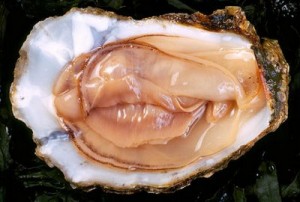Climate change is one of the major challenges of our time that pose unprecedented stress to the environment and threats to human health. The global impacts of climate change are vast, spanning from extreme weather events to changes in patterns and distribution of infectious diseases.
 Lack of rainfall associated with higher temperatures has a direct influence on agricultural production. This is compounded by a growing population forecasted to expand further with increasing needs for food and water. All this has led to the increasing use of wastewater worldwide.
Lack of rainfall associated with higher temperatures has a direct influence on agricultural production. This is compounded by a growing population forecasted to expand further with increasing needs for food and water. All this has led to the increasing use of wastewater worldwide.
In this review, we more specifically discuss the use of untreated wastewater in agriculture in the Middle East and North Africa (MENA) countries, the most arid region in the world. This presents challenges for agriculture with respect to water availability and increasing wastewater use in agri-food chain. This in turn exerts pressures on the safety of food raised from such irrigated crops.
Current practices in the MENA region indicate that ineffective water resource management, lack of water quality policies, and slow-paced wastewater management strategies continue to contribute to a decline in water resources and an increased unplanned use of black and graywater in agriculture. Radical actions are needed in the region to improve water and wastewater management to adapt to these impacts.
In this regard, the 2006 WHO guidelines for the use of wastewater contain recommendations for the most effective solutions. They provide a step-by-step guide for series of appropriate health protection measures for microbial reduction targets of 6 log units for viral, bacterial, and protozoan pathogens, but these need to be combined with new varieties of crops that are drought and pest resistant. More research into economic local treatment procedures for wastewater in the region is warranted.
The Impact of Climate Change on Raw and Untreated Wastewater Use for Agriculture, Especially in Arid Regions: A Review
01.feb.18
Foodborne Pathogens and Disease, Volume 15, No. 2
Faour-Klingbeil Dima and Todd Ewen C.D.
https://doi.org/10.1089/fpd.2017.2389


